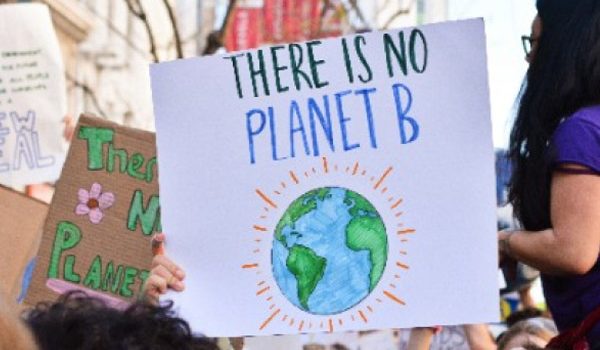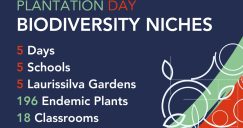System of climate injustice
Climate Change & Sustainability

- TYPE
In 2015, 195 countries agreed as part of the Paris Agreement to limit global warming to well below 2 degrees Celsius by the year 2100, and to pursue efforts to keep it within the safer limit of 1.5 degrees Celcius. If successful, this means that by the year 2100, the average surface temperature of the planet would have risen by no more than 1.5 degrees Celcius since pre-industrial times. Despite the urgent calls from the International Panel on Climate Change (IPCC) as well as other scientists, journalists, activists and other concerned citizens, governments and large corporations have been criticised widely for not taking drastic action to ban fossil fuel extraction and limit emissions of greenhouse gases.
Ressource
- The UNPD Climate promise website gives useful overviews of its key activity areas: adaptation and resilience, carbon markets, circular economy, climate finance, climate security, energy, forests, lands and nature, inclusion, just transition, loss and damage, net zero pathways, transparency, and urban issues.
- Project Drawdown draws on world-class network of scientists, researchers, and fellows, and has characterised a set of 93 technologies and practices that together can dramatically reduce concentrations of greenhouse gases in the atmosphere. of resources for climate solutions.
- One section of the Project Drawdown website is Drawdown stories which leverages storytelling and engagement as a bridge between science-based climate solutions and everyday people looking to find their roles in stopping climate change.
- Another resource from Project Drawdown is the Toolkit to help people to recognise how every job is a climate job.
- To view live updates on the amount of time left to keep warming under 1.5 degrees Celcius – visit the Climate Clock
- To view live updates on the amount, in parts-per-million, of carbon dioxide in our planet’s atmosphere, visit Per Million
- For simple definitions across a range of relevant climate terms, search the United Nations Development Programme’s Climate Promise Climate Dictionary (This is the link to the English language version but it is also available in Spanish, French, Arabic, Russian, Turkish, Thai and Mongolian.)
- Climate Learning resources by the STEM Teaching Tools project, by the University of Washington Institute for Science + Math Education.
- Future-oriented learning for inclusive science education: teaching and learning resources for secondary education. (Erduran & Ioannidou, 2023). The resource pack contains materials for science teachers and secondary pupils, and aims to support lessons on climate change that include timely and pressing issues related to science and society, including gender-related issues and green careers.
The GreenComp Framework published by the European Commission in 2022 is a reference framework for sustainability competences. It provides a common ground to learners and guidance to educators, advancing a consensual definition of what sustainability as a competence entails. To move towards regenerative, sustainable futures in which humans live in reciprocal relationships with the Earth, LEVERS adopts this multi-species outlook on sustainability as proposed by the GreenComp Framework “Sustainability means prioritising the needs of all life forms and of the planet by ensuring that human activity does not exceed planetary boundaries”.
The GreenComp Framework involves four key competence areas:
- Embodying Sustainability Values
- Embracing Complexity in Sustainability
- Envisioning Sustainable Futures
- Acting for Sustainability
Educators in the EU are encouraged to join the GreenComp Community hosted by the European Commission’s Education for Climate Coalition. This is an online community of people and organisations using the framework to develop knowledge and skills to live, work and act sustainably. As well as hosting events for the entire network, it also includes countrylevel groups for EU member states.








